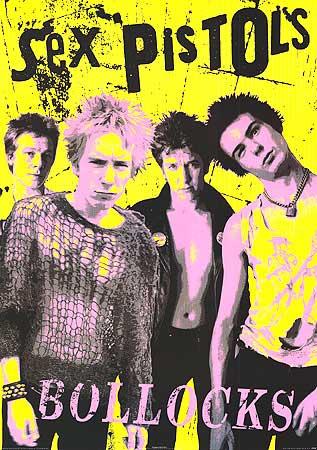Punk rock is a type of rock music that developed in the late 1970's in the United States, the United Kingdom, and Australia. Finding its roots in garage rock, Punk rock responded with a blacklash against the excess of 1970's rock.
This music was fast, edgy but was typically composed of short songs with stripped down instruments. The message was usually political and anti-estabilshment.
The movement was about personal expression, Do it Yourself ethics. Down with the Man!
Many punk bands produced their own recordings and sold their own music, even distributing it themselves.
Bnds such as thes Ramones in NYC, the Sex Pistols and The Clash,in London, were recognized as the premier bands of this movement.
1977 saw punk rock spreading around the world, and it took over the culture in the United Kingdom.
For the most part, punk took root in local scenes that tended to reject association with the mainstream.
A subculture emerged which was distingusihed by particular styles of clothing and adornment that respented the anti-establishment ideologies of the music and times.
The Clash

The Ramones

The Sex Pistols

Punk Styles of 1977

![[FS3.jpg]](http://3.bp.blogspot.com/_y9JCP1wazVo/Rl4A69mPBNI/AAAAAAAAF9A/bAAd5PRBrNA/s1600/FS3.jpg)
